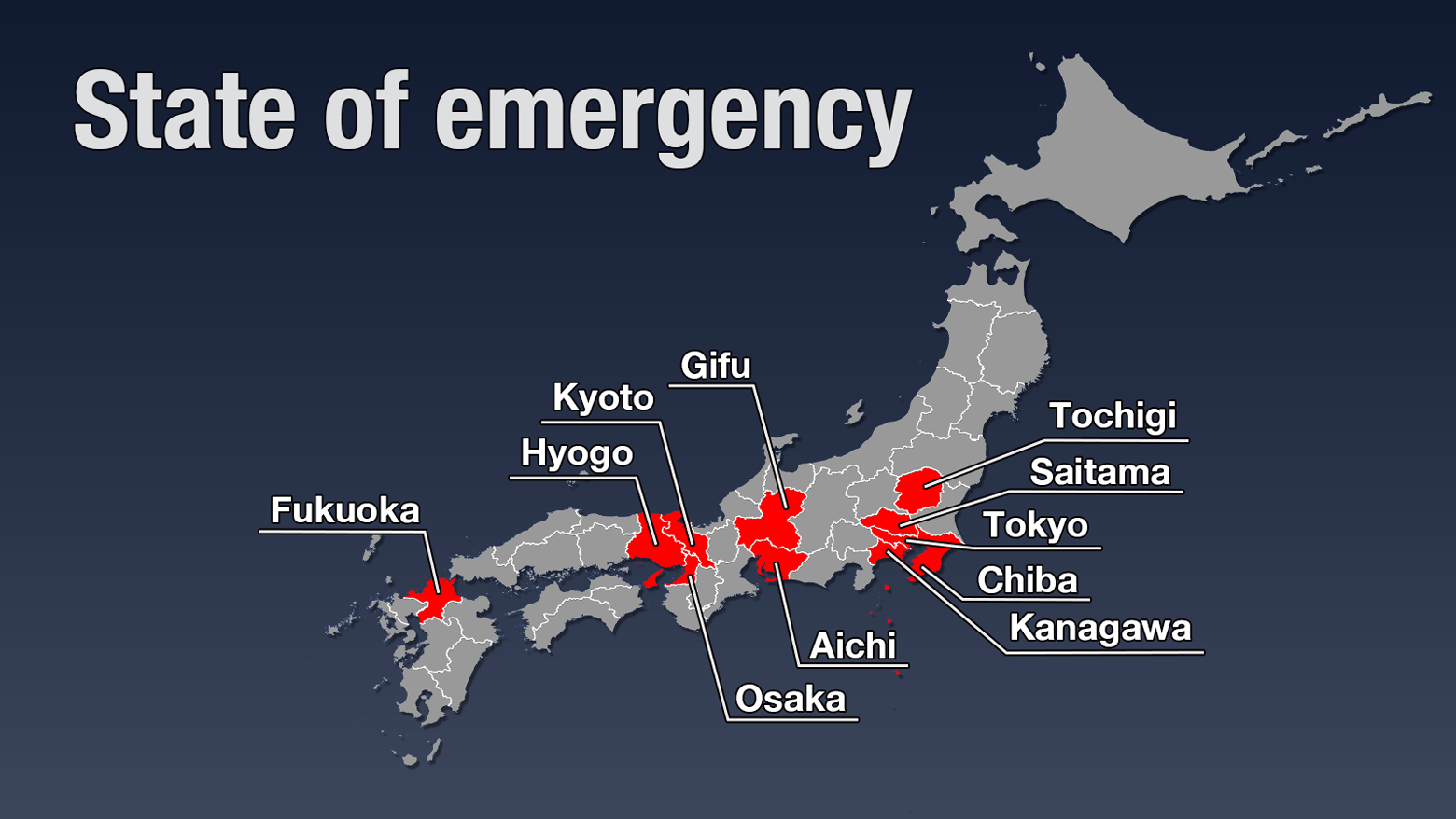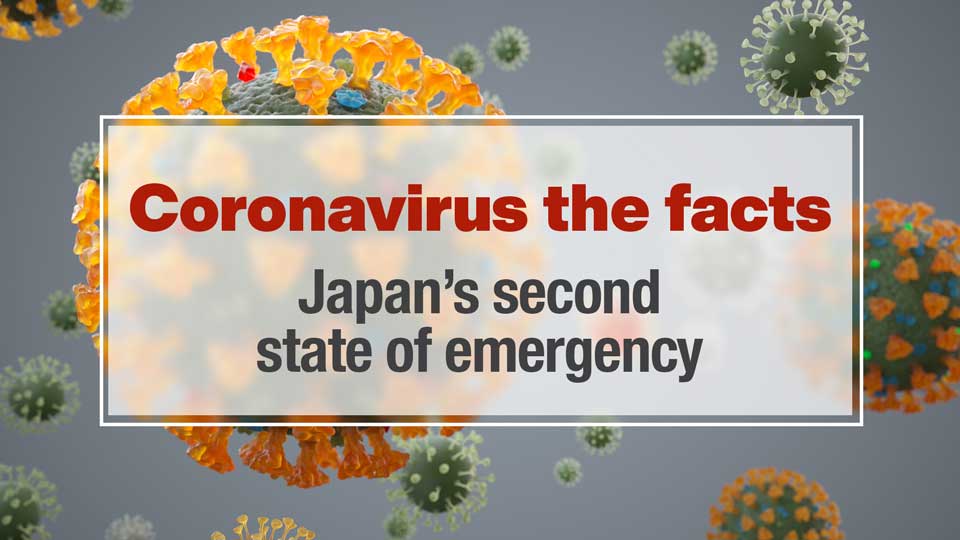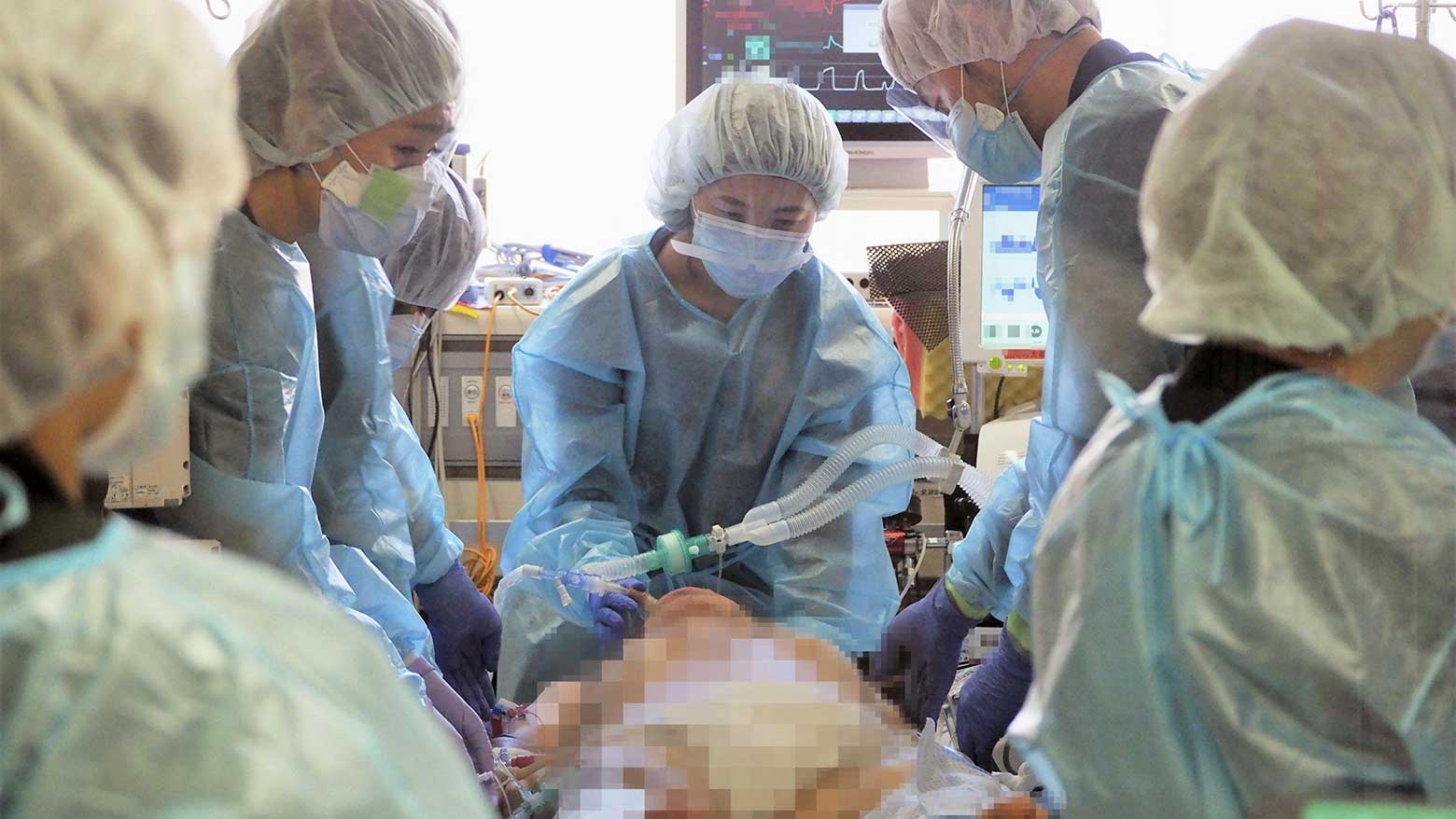Prime Minister Suga Yoshihide spoke to the media on Wednesday evening to explain the decision.
"To put the current situation behind us as soon as possible, the people, the state and local communities must be united and work toward a common goal, endure the restrictions on our lifestyle, and overcome this crisis," he said. "The government will do whatever it can to protect the lives and livelihoods of the people."
The restrictions include asking eating and drinking establishments to close by 8 p.m., requesting that businesses use remote working to help cut the number of commuters on public transport by 70%, and urging people to refrain from nonessential outings at all times, especially after 8 p.m.
The declaration has already had repercussions. According to Toreta, an online reservation firm, the number of diners at restaurants fell by 60% since the declaration was announced last Friday.
One ramen chain part-time employee we spoke to says he will only be paid 50,000 yen this month, or about 480 dollars. The restaurant's opening hours were shortened from early January, and his shifts were significantly cut. He was supposed to get leave allowance, but the company told him it won't pay for the shifts lost from late January onwards as they weren't officially assigned to him.
"I can't agree with the decision to let part-timers suffer when they become a burden on the company," he says.
A labor union for people working in the dining industry is set to negotiate with the chain operator to demand that workers receive relief benefits.
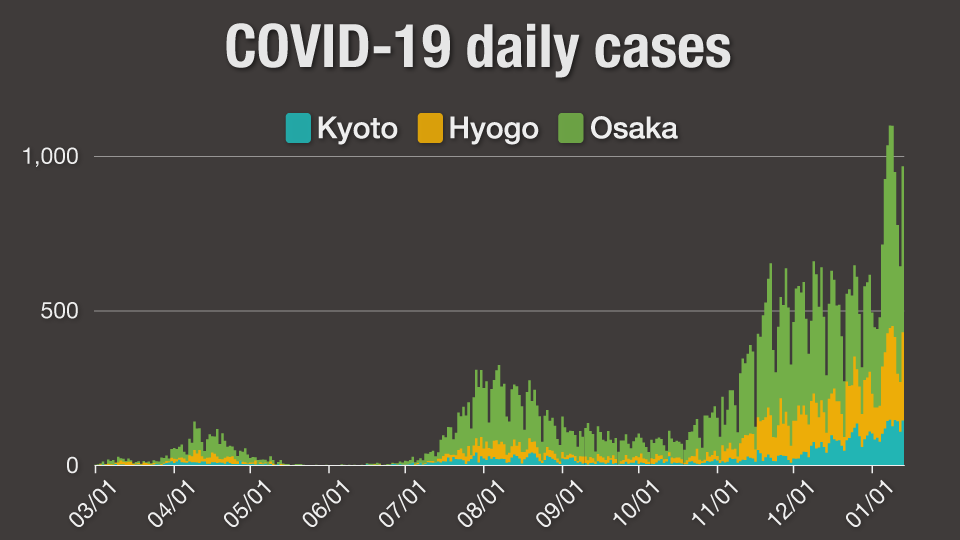
Across Japan, 97 people died from COVID-19 on Wednesday and 900 are in serious condition--both numbers are records. The same day, 5,871 new infections were confirmed. Cases in the 11 prefectures under the state of emergency account for more than 80% of that number.
Omi Shigeru, the head of a government panel of experts, said on Wednesday that it is clear the shorter operating hours at bars and restaurants are effective to some extent. He said, however, when the situation is serious and a state of emergency is announced, reducing hours alone is not enough to curb infections.
"The most important thing now is to refrain from going out, both day and night," Omi says.
The president of the Japan Medical Association, Nakagawa Toshio, says that depending on how the infection spreads, a nationwide emergency declaration should be considered.
"Medical systems are already collapsing all over Japan," he says. "Taking measures after all data overshoot benchmarks would be too late."
Government response criticized
NHK's latest opinion poll suggests many people view the government's response to the third wave of coronavirus infections unfavorably.
The survey was carried out between January 9 and 11 by calling randomly selected people aged 18 and older. A total of 1,278 people, or 59% of those contacted, responded.
Nearly 60% said the authorities are "not doing very well" or "doing badly." About 40% responded that the government is "doing a very good job" or "doing well to some degree."
The prime minister said at a news conference on December 25 that the time was not right to declare a state of emergency. Last Friday, two weeks later, the government did just that for Tokyo and its three neighboring prefectures. It was the first declaration in the third wave of infections.
Regarding the timing of the declaration, 79% of survey respondents said it came "too late." Moreover, 47% said it should cover other areas, and 33% said it should be issued nationwide.
Asked whether they think the state of emergency can be lifted by February 7, just 6% of respondents said yes, while 88% said no, and 7% were unsure or did not answer.
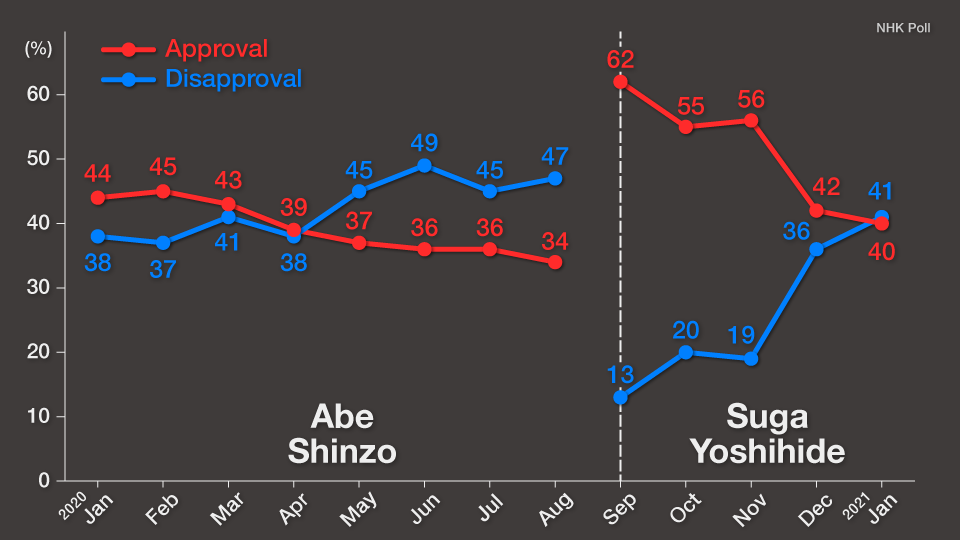
On top of those downbeat numbers, the disapproval rating for Suga's Cabinet surpassed its approval rating for the first time since he took office in September.
The approval rating stood at 40%, down two points from last month, with disapproval at 41%, up five percentage points.
